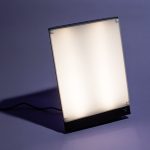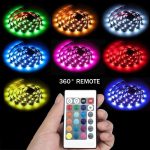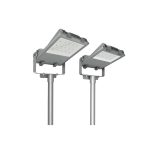Maximizing Efficiency: How to Use LED Lights to Save Energy and Reduce Costs
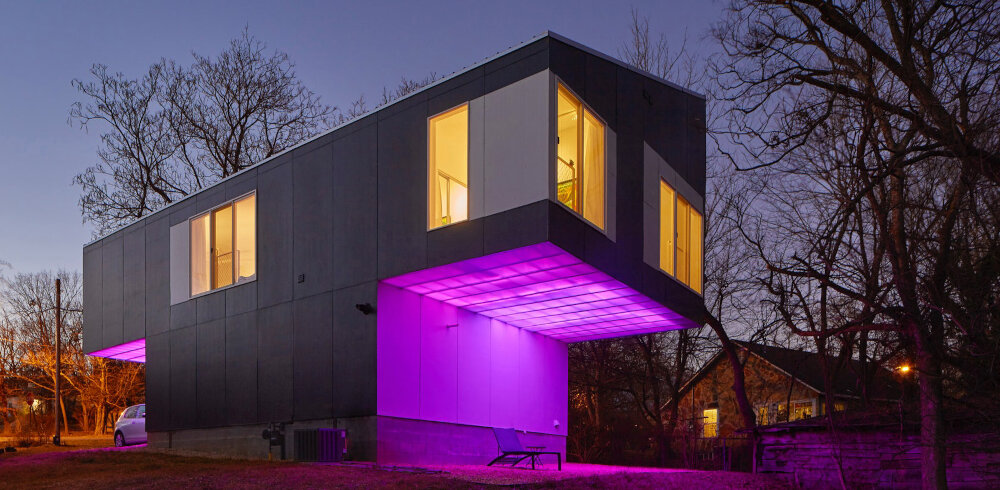
In today’s world, energy consumption is a critical issue that has a significant impact on the environment and our wallets. As we continue to find ways to reduce our carbon footprint, we must also look for ways to minimize our energy usage. One of the most effective ways to achieve this is by using LED lights, which are energy-efficient and cost-effective alternatives to traditional lighting options. LED lights are lighting fixtures that use light-emitting diodes to produce light. Unlike traditional incandescent bulbs, LED lights do not rely on heating a filament to produce light, which makes them significantly more energy-efficient. LED lights are also more durable and long-lasting than traditional bulbs, which reduces the frequency of replacements and maintenance costs. In this article, we will explore the various ways LED lights can help businesses and individuals save money and reduce their carbon footprint, as well as the most effective ways to use them to maximize efficiency.
LED lights, or Light Emitting Diodes, are a type of energy-efficient lighting that have become increasingly popular in recent years due to their long lifespan and low power consumption. Unlike traditional incandescent bulbs, which use a filament to generate light, LEDs use a semiconductor material that emits light when an electrical current is passed through it. This results in a much more efficient conversion of energy into light, with less heat wasted in the process. LED lights are available in a wide range of colors and styles, from warm white to cool daylight, and can be used in a variety of applications, including residential, commercial, and industrial settings. By making the switch to LED lighting, businesses and homeowners can significantly reduce their energy costs and carbon footprint, while enjoying bright, high-quality lighting that lasts for years.
LED lights have revolutionized the lighting industry with their numerous benefits. One of the most significant advantages of using LED lights is their energy efficiency. LED lights consume up to 80% less energy than traditional incandescent bulbs, which translates to lower electricity bills and reduced carbon footprint. Additionally, LED lights have a longer lifespan, lasting up to 25 times longer than incandescent bulbs, reducing the need for frequent replacements and maintenance costs. LED lights also emit less heat, making them safer and more environmentally friendly. Furthermore, LED lights are available in a wide range of colors, brightness levels, and sizes, making them suitable for various applications. With their energy-saving capabilities and versatility, LED lights are an excellent choice for homeowners and businesses looking to maximize efficiency and reduce costs.
Understanding LED Lights
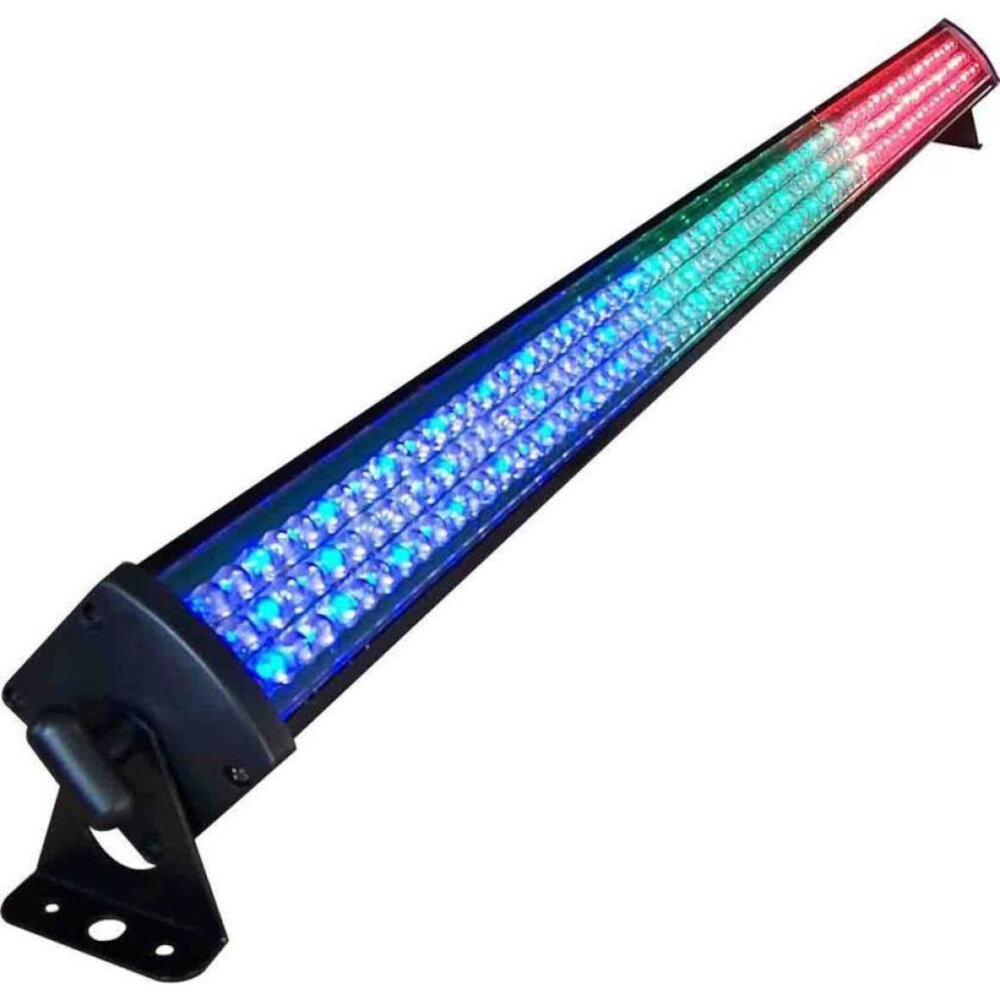
LED lights, or Light Emitting Diodes, are a significant advancement in lighting technology that has revolutionized the way we light our homes and workplaces. Unlike traditional incandescent bulbs, LED lights emit light through a semiconductor material rather than a filament, making them much more energy-efficient and longer-lasting. This means that LED lights can produce the same amount of light as incandescent bulbs, but use as little as 10% of the energy, making them a perfect solution for those looking to save money on their energy bills. One of the primary benefits of LED lights is their efficiency. Traditional incandescent bulbs waste a lot of energy in the form of heat, while LED lights convert almost all of their energy into light, making them much more energy-efficient. This means that LED lights can last up to 25 times longer than traditional incandescent bulbs, saving you money on replacement costs and reducing waste in landfills. Additionally, LED lights are also more durable and resistant to shock and vibration, making them ideal for use in a wide range of applications, from residential lighting to industrial and commercial lighting. Overall, understanding the benefits and advantages of LED lights can help you save energy and reduce costs while also reducing your environmental impact.
LED (Light Emitting Diode) lights work by converting electrical energy into light energy. The LED is a semiconductor device that emits light when a current flows through it. The light is produced by the movement of electrons in the semiconductor material. Unlike traditional incandescent bulbs, LED lights do not have a filament that can burn out. Instead, they are made up of a small chip that emits light. LED lights are highly efficient because they produce more light per watt of energy than traditional bulbs. In addition, LED lights have a longer lifespan, which reduces the need for frequent replacements. By using LED lights, you can save energy and reduce costs while still enjoying bright, high-quality lighting.
LED lights are a popular choice for homeowners and businesses looking to save energy and reduce costs. These lights come in various types, each with its own unique advantages. One type is the standard LED bulb, which is a direct replacement for traditional incandescent bulbs. Another type is the LED tube, which is commonly used in commercial and industrial settings. LED strips are a flexible option that can be used for decorative purposes, while LED floodlights are perfect for outdoor lighting. Additionally, LED downlights provide a sleek and modern look for homes and offices. Regardless of the type, LED lights offer significant energy savings and a longer lifespan compared to traditional lighting options.
In comparison to traditional lighting, LED lights offer numerous benefits that go beyond just energy efficiency. Traditional lighting, such as incandescent bulbs, consume a lot of energy and produce heat, which can lead to higher electricity bills and safety concerns. On the other hand, LED lights are much more energy-efficient and generate less heat, resulting in lower energy costs and a longer lifespan. In addition, LED lights offer greater flexibility in terms of color temperature and intensity, allowing for customizable lighting solutions that can enhance the overall ambiance of a space. Overall, the use of LED lights provides a significant opportunity for businesses and individuals to save on energy costs and reduce their carbon footprint.
Saving Energy with LED Lights
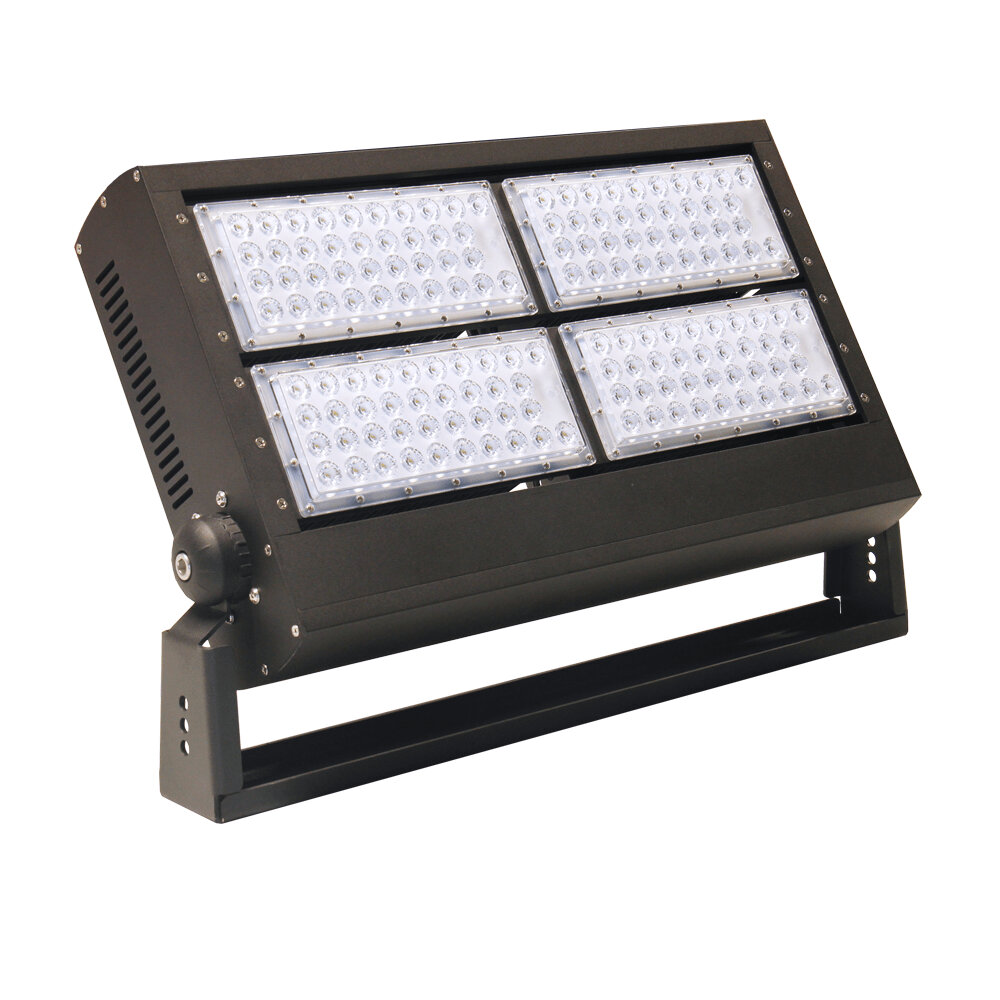
Lighting is an essential aspect of modern living, but it can also be a significant contributor to energy consumption. LED lights are an efficient and cost-effective solution to this problem. LED lights use significantly less energy than traditional incandescent bulbs, and they last much longer. LED lights are also more durable and can withstand shocks, vibrations, and extreme temperatures. LED lights can also be used in a variety of settings, from residential homes to commercial buildings, and they come in a wide range of sizes and styles. By switching to LED lights, individuals and businesses can save a considerable amount of money on their energy bills. LED lights are up to 80% more efficient than traditional incandescent bulbs, and they last up to 25 times longer. This means that LED lights not only save money in the long run by reducing the need for frequent bulb replacements but also by significantly reducing energy consumption. LED lights also emit less heat, which reduces the need for air conditioning, further reducing energy consumption and costs. Overall, switching to LED lights is a smart and cost-effective way to reduce energy consumption, save money, and help protect the environment.
Calculating energy savings is an essential step in determining the feasibility and effectiveness of using LED lights to reduce energy consumption and costs. The process involves assessing the total energy consumption of traditional lighting systems and comparing it to the anticipated energy consumption of LED lighting systems, taking into account factors such as the size of the facility, the number and type of lighting fixtures, and the hours of operation. By using LED lights, businesses can save up to 80% on energy costs and reduce their carbon footprint. Additionally, LED lights have a longer lifespan, reducing the need for frequent replacements and maintenance, further increasing cost savings. Therefore, it is crucial to conduct energy savings calculations before implementing LED lighting systems to ensure that businesses can maximize efficiency and reduce costs.
The impact of LED lights on electricity bills is significant, as they consume considerably less energy compared to traditional incandescent bulbs. By switching to LED lights, individuals and businesses can reduce their energy consumption by up to 80%. This reduction in energy consumption translates into lower electricity bills and substantial savings over time. Furthermore, LED lights last longer and require less maintenance, resulting in additional cost savings. Ultimately, using LED lights not only contributes to a more sustainable future but also helps individuals and businesses reduce their operating costs.
Switching to LED lights provides numerous environmental benefits. LED lights use significantly less energy than traditional incandescent bulbs, which translates to a reduction in greenhouse gas emissions, helping to combat climate change. Additionally, since LED lights last longer than traditional bulbs, they also reduce the amount of waste in landfills. LED lights also contain no toxic materials, making them safer for the environment and reducing the risk of harm to wildlife. By maximizing efficiency through the use of LED lights, individuals and businesses can contribute to a more sustainable future for our planet.
Reducing Costs with LED Lights
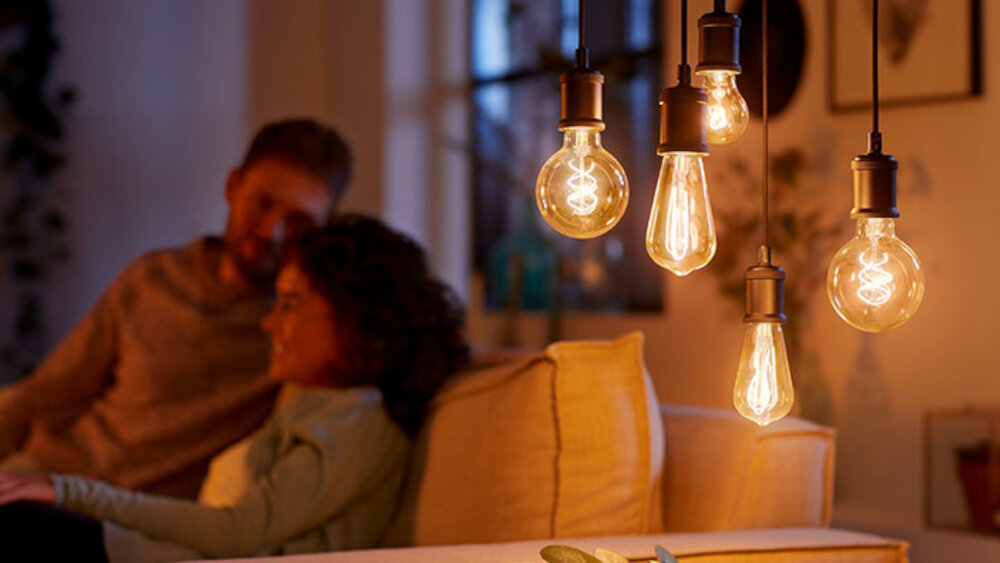
LED lights have become a popular lighting solution for businesses and households alike. One of the main reasons for this popularity is the significant cost savings that LED lights offer. Compared to traditional lighting solutions, such as fluorescent and incandescent bulbs, LED lights are much more energy-efficient and have a longer lifespan. This means that businesses can reduce their energy consumption and save money on their utility bills. Additionally, LED lights require less frequent replacements, which reduces maintenance costs and downtime. Another way that LED lights help businesses reduce costs is through their versatility. LED lights come in a variety of shapes, sizes, and colors, which makes them suitable for a wide range of applications. For example, LED lights can be used for general lighting, task lighting, and accent lighting. They can also be used for outdoor lighting, such as parking lot lights, streetlights, and security lights. By using LED lights in different ways, businesses can create a customized lighting solution that meets their specific needs and saves them money in the long run.
One of the key factors to consider when switching to LED lights is the initial cost. While LED lights may have a higher upfront cost than traditional lighting options, the long-term savings in energy and maintenance costs make them a worthwhile investment. LED lights are highly efficient and have a longer lifespan, which means they require less maintenance and replacement. Additionally, their energy efficiency means that they consume less electricity, resulting in lower electricity bills. Furthermore, many government incentives and rebates are available for businesses and individuals to help offset the initial cost of the LED lights. Overall, while the initial cost may seem daunting, the long-term savings and benefits of LED lights make them a smart and sustainable investment.
One major benefit of using LED lights in your business or household is the potential for longterm cost savings. While the initial investment may be higher than traditional lighting options, LED lights require significantly less energy to operate, which can result in significant savings on your energy bills over time. LED lights also have a much longer lifespan than traditional bulbs, meaning they need to be replaced less frequently, further reducing costs. Additionally, LED lights produce less heat than traditional bulbs, which can reduce cooling costs in warmer climates. By making the switch to LED lights, you can not only reduce your energy consumption and carbon footprint but also save money in the long run.
Return on investment (ROI) is a financial metric that measures the profitability of an investment. When it comes to implementing LED lighting systems, ROI is a key factor to consider. LED lights are known for their energy efficiency and long lifespan, making them an attractive option for businesses looking to reduce their energy costs. By replacing traditional lighting with LED lights, businesses can not only save money on their energy bills but also benefit from a longer lifespan of the LED lights, which reduces maintenance costs. The initial cost of purchasing and installing LED lights may be higher than traditional lighting systems, but the long-term savings in energy and maintenance costs can provide a significant return on investment over time. Therefore, businesses should consider the ROI when making decisions about upgrading their lighting systems.
Maximizing Efficiency with LED Lights
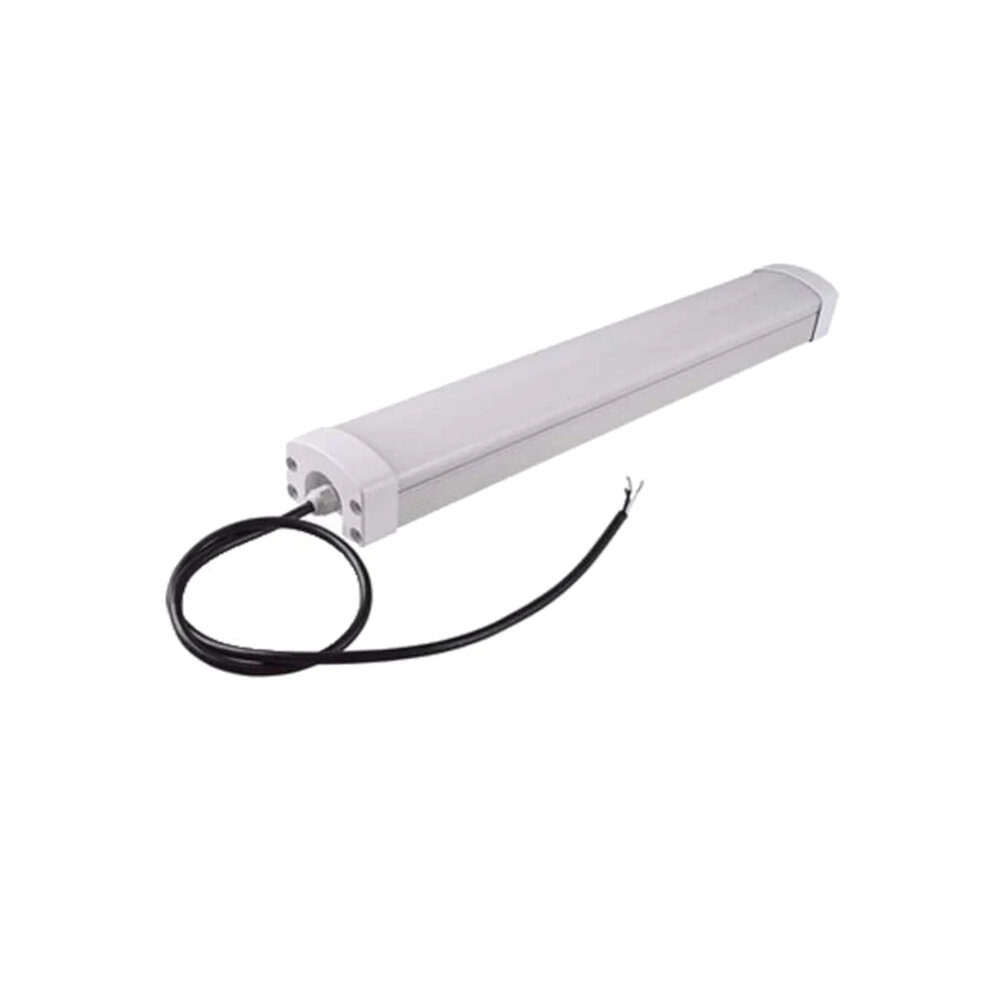
In today’s world, energy efficiency is a top priority for businesses and homeowners alike. One of the most effective ways to reduce energy consumption and lower costs is by using LED lights. LED lights are far more efficient than traditional incandescent bulbs, using up to 75% less energy to produce the same amount of light. This means that not only will LED lights help you save money on your energy bills, but they will also reduce your carbon footprint and help you contribute to a more sustainable future. Another advantage of LED lights is their longevity. LED lights have an average lifespan of up to 25,000 hours, which is significantly longer than traditional bulbs. This means that you will not only save money on your energy bills, but you will also save money on replacement bulbs and reduce waste. Additionally, LED lights are incredibly versatile and can be used in a variety of applications, from commercial lighting to residential lighting. They are available in a range of colors, brightness levels, and sizes, making them suitable for any lighting need. With all of these benefits, it’s no wonder that LED lights are quickly becoming the go-to choice for energy-efficient lighting solutions.
When it comes to using LED lights, there are several best practices that can help you maximize efficiency and save energy while also reducing costs. First and foremost, it’s important to choose high-quality LED lights that are appropriate for your specific needs and applications. Additionally, you should aim to use LED lights in areas where they will be most effective, such as in areas with high traffic or where lighting is needed for long periods of time. It’s also important to properly install and maintain your LED lights, including cleaning and replacing them as needed. Finally, consider using lighting controls and sensors to further optimize energy usage and reduce costs. By following these best practices, you can enjoy the many benefits of LED lighting while also minimizing waste and improving your bottom line.
Placement and positioning of LED lights plays a crucial role in maximizing their efficiency and reducing energy costs. When installing LED lights, it is essential to consider the height, angle, and distance between each fixture. Proper placement can help to ensure even illumination and prevent dark spots or shadows. Additionally, the use of reflectors or lenses can help to direct light where it is needed most, further increasing efficiency. Furthermore, utilizing dimmers, timers, and motion sensors can also help to reduce energy consumption by automatically adjusting the lighting levels based on occupancy or time of day. By taking these factors into account, businesses and homeowners can achieve optimal lighting while simultaneously reducing their environmental impact and energy costs.
LED lights are an excellent investment for any home or business looking to maximize efficiency and save on energy costs. However, to ensure that these lights continue to function optimally, proper maintenance and upkeep are essential. One key aspect of maintenance is regular cleaning of the light fixtures and bulbs to remove dust and debris that can reduce their brightness and lifespan. Additionally, it’s important to check for any signs of damage or wear and tear, such as cracks or flickering, which may indicate that it’s time to replace the LED bulbs. By taking these simple steps, you can extend the life of your LED lights and continue to enjoy the energy and cost savings they provide.
LED lights have many benefits compared to traditional lighting sources. One of the most significant advantages is their energy efficiency. LED lights use up to 80% less energy than incandescent bulbs, resulting in lower energy costs and a reduced carbon footprint. Additionally, LED lights have a longer lifespan, lasting up to 25 times longer than traditional bulbs, reducing maintenance costs and increasing convenience. LED lights also emit less heat, making them safer to use and reducing the load on cooling systems. With the ability to customize color and brightness, LED lights offer versatility and can create a more comfortable and productive environment. By using LED lights, businesses and individuals can save money, reduce energy consumption, and contribute to a greener future.
If you’re looking for an easy way to save money on your electricity bill and reduce your environmental impact, it’s time to make the switch to LED lights. LED lights use up to 80% less energy than traditional incandescent bulbs, which means you can cut your lighting costs significantly. Not only that, but LED lights also last up to 25 times longer than incandescent bulbs, which means you’ll save money on replacements and maintenance costs over time. Plus, LED lights are more environmentally friendly because they contain no hazardous materials and are fully recyclable. So why wait? Take action now to switch to LED lights and start reaping the benefits of increased energy efficiency and cost savings.
Conclusion
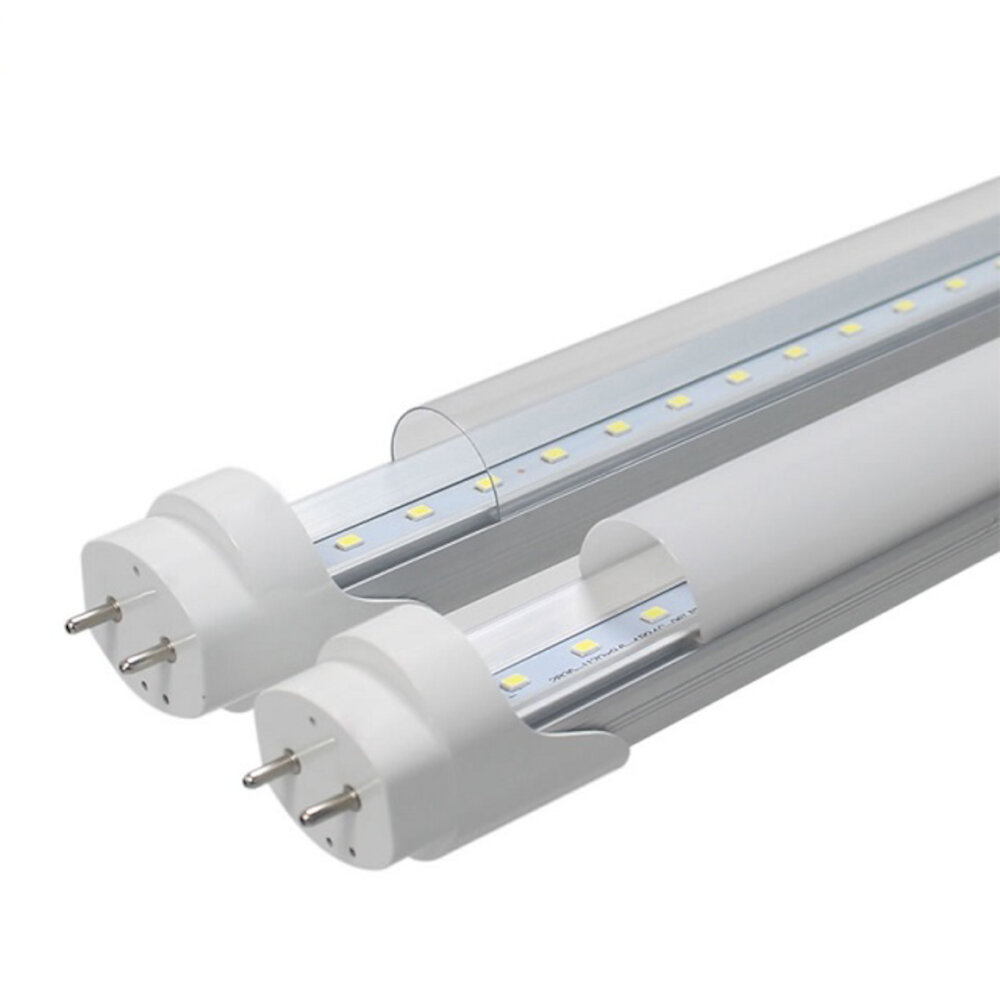
In conclusion, it is evident that LED lights are a highly efficient and cost-effective lighting solution for both households and businesses. By replacing traditional lighting sources with LED lights, individuals can save a significant amount of energy and reduce their electricity bills. Additionally, LED lights have a longer lifespan, require less maintenance, and are more environmentally friendly than their counterparts. Therefore, it is recommended that individuals consider using LED lights to maximize their efficiency and reduce costs in the long run. Overall, LED lights are a smart and sustainable investment for those looking to improve their energy usage and save money.

